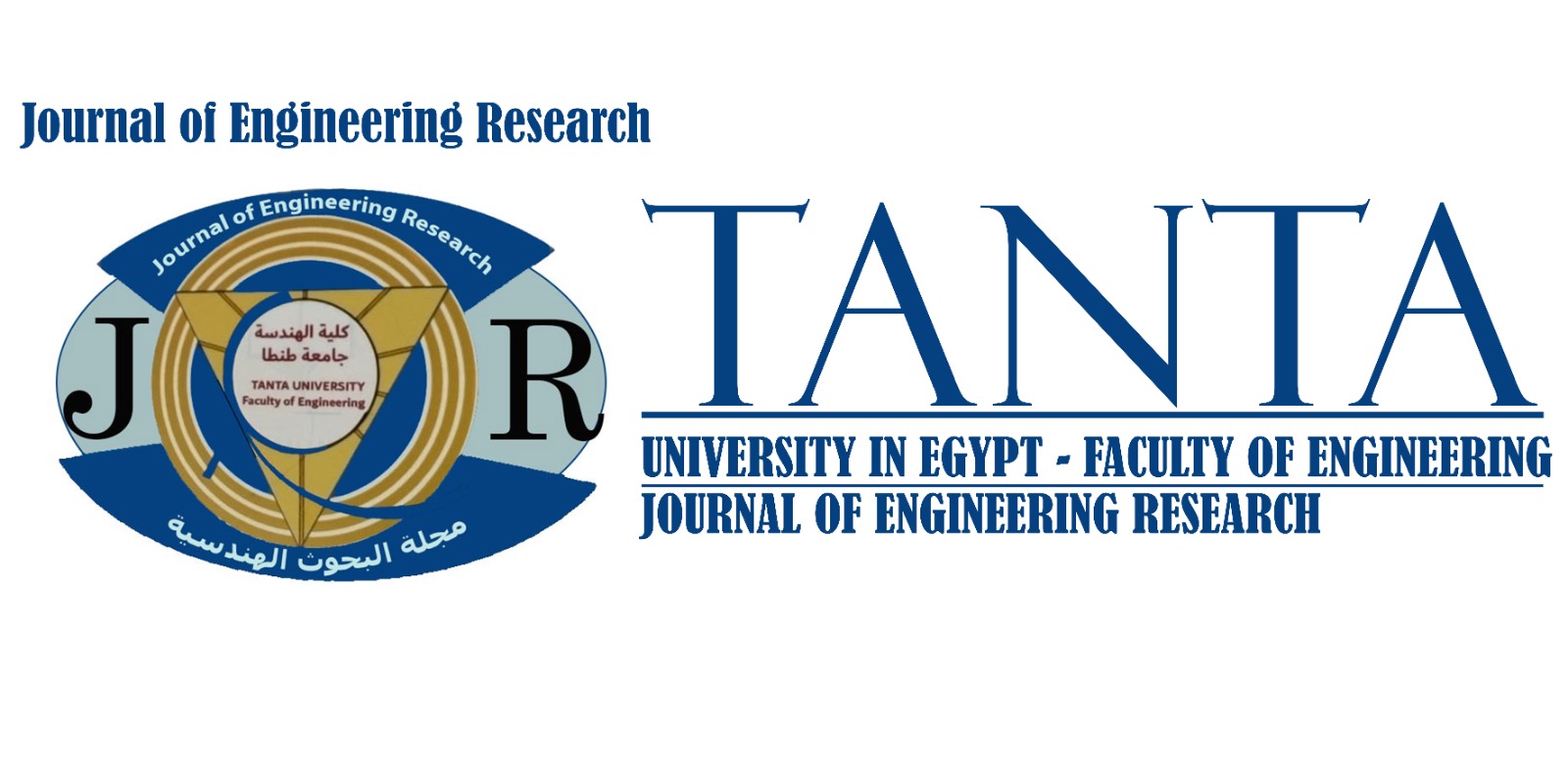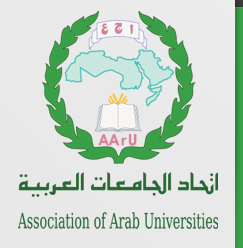Journal of Engineering Research

DOI
https://doi.org/10.70259/engJER.2025.911899
Abstract
Urban areas face challenges linked to climate change and rapid urbanization. Factors such as greenhouse gas emissions, reduced vegetation, and increased energy demands for cooling and heating contribute to urban thermal discomfort, exacerbated by the lack of green spaces and overpopulation. These factors have led to elevated temperatures, which negatively affect the thermal comfort and well-being of urban residents. Green infrastructure elements significantly reduce urban temperatures, improve air quality, and enhance thermal comfort, while also supporting biodiversity and enhancing urban resilience. This study aims to evaluate and identify the most effective strategy of green infrastructure elements for improving thermal comfort in exciting cities in Egypt and similar urban contexts, by analysing three neighbourhoods in Egypt. Using the ENVI-met simulation program, the research identifies strategies to reduce heat and improve comfort in El-Mahalla El-Kubra, Egypt as an applied study. The study found that network-connected tree planting is the most effective strategy, reducing air temperature by an average of 0.7°C, the mean radiant temperature (MRT) was 9°C and the predicted mean vote (PMV) was 0.6. The findings aim to guide sustainable urban planning by offering solutions to mitigate heat stress and improve residents' quality of life in cities facing similar challenges.
Recommended Citation
Abufarrag, Basant Elsayed; Rezk, Ahmed; Youssef Azmy, Neveen; and Mehanna, Walaa Abou El-Haggag
(2025)
"Comparative Analysis to Evaluate the Effect of the Green Infrastructure Elements on Thermal Performance in Existing Cities: An Applied Study of El-Mahalla El-Kubra,"
Journal of Engineering Research: Vol. 9:
Iss.
1, Article 14.
DOI: https://doi.org/10.70259/engJER.2025.911899
Available at:
https://digitalcommons.aaru.edu.jo/erjeng/vol9/iss1/14
Included in
Architectural Engineering Commons, Environmental Design Commons, Urban, Community and Regional Planning Commons

